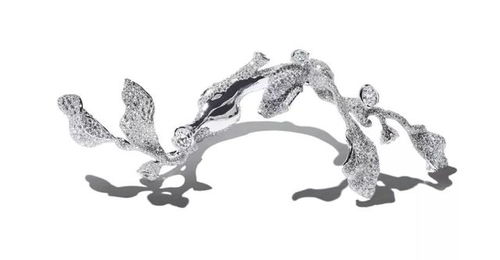Introduction:
Fishing with worms is a classic and effective method for catching a variety of fish, from panfish to bass. The simplicity and accessibility of using worms make it a favorite among anglers of all skill levels. In this article, we'll delve into the art of using worms as bait, offering essential techniques to help you become a master at the fishing pond.
Choosing the Right Worms:
The first step in mastering the art of worm fishing is selecting the right type of worms. Here are some popular choices:
- Red Wigglers: These are the most commonly used worms for fishing. They are known for their durability and ability to hold onto hooks well.
- Nightcrawlers: Larger and more robust than red wigglers, nightcrawlers are excellent for targeting larger fish.
- Earthworms: These are easy to find and work well for a variety of fish species.
When choosing worms, look for ones that are moist and wriggly. Avoid those that are dry or have a slimy coating, as they may not be as effective as bait.
Preparing the Worms:
Once you have your worms, it's important to prepare them properly. Here are some tips:
- Remove the Tail: Cutting off the tail of the worm can help it stay on the hook longer. Use a small pair of scissors or a sharp knife to do this.
- Condition the Worms: If the worms are dry, soak them in water for a few minutes to make them more lively and appealing to fish.
- Thread the Worm: For a more natural presentation, thread the worm onto the hook in a way that mimics its natural movement. This can be done by placing the hook through the worm's mouth and out the back, or by threading it through the middle of the worm.
Presenting the Worm:
The way you present the worm to the fish can make a big difference in your success rate. Here are some techniques to try:
- Dead Worm Presentation: This involves letting the worm hang naturally from the hook, allowing it to flutter and sway in the water. It's effective for targeting fish that are not actively feeding.
- Worm on the Bottom: For fish that are feeding on the bottom, such as catfish or bass, you can fish the worm on the bottom by letting it drag along the bottom or by using a weight to keep it there.
- Twitching the Worm: Gently twitch the worm with your rod tip to mimic the natural movement of a struggling worm. This can trigger strikes from fish that are not easily fooled.
Choosing the Right Hook and Leader:
The choice of hook and leader can also impact your success. Here are some recommendations:

- Hooks: Use a size that matches the size of the worm and the species of fish you're targeting. For panfish, a size 6 to 10 hook is usually sufficient, while larger fish may require a size 2 to 4 hook.
- Leaders: A 12 to 18-inch monofilament leader is often a good choice. The length allows for a natural presentation and provides some protection against snags.
Fishing the Pond:
Now that you have your worms, hook, and leader ready, it's time to hit the pond. Here are some tips for fishing effectively:
- Choose the Right Spot: Look for areas where fish are likely to be, such as around weeds, logs, or other structures.
- Change Your Technique: If you're not getting bites, try changing your technique. Experiment with different depths, speeds, and types of presentations.
- Stay Patient: Fishing can be unpredictable, so stay patient and keep trying. The right fish could be around the corner.
Conclusion:
Using worms as bait is a timeless technique that can be highly effective for catching a wide range of fish. By mastering the art of worm fishing, you'll be well on your way to becoming a skilled angler. Remember to choose the right worms, prepare them properly, and present them in an enticing way. With practice and patience, you'll be reeling in fish in no time. Happy fishing!












